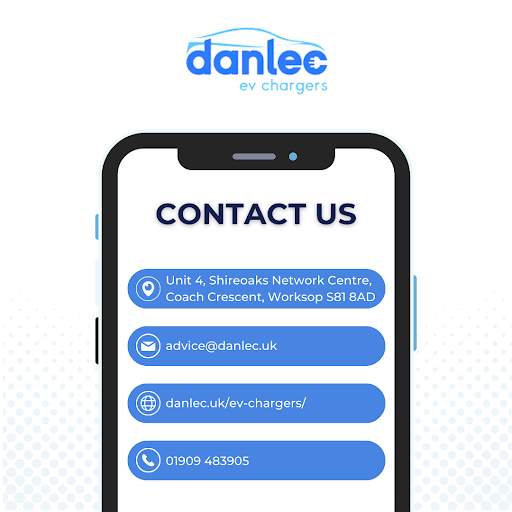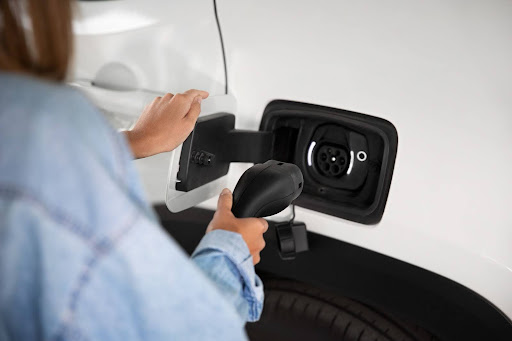How To Prepare Your Home For An EV Charger
Are you thinking about getting an electric car but worried about how to charge it at home? You’re not alone. Many people want the benefits of an electric vehicle (EV), like saving on fuel and helping the environment, but feel stuck on the charging part.
Before you zoom off into the electric sunset, there’s a bit of groundwork to lay down at home. After all, your vehicle needs a charging spot to call its own, right?
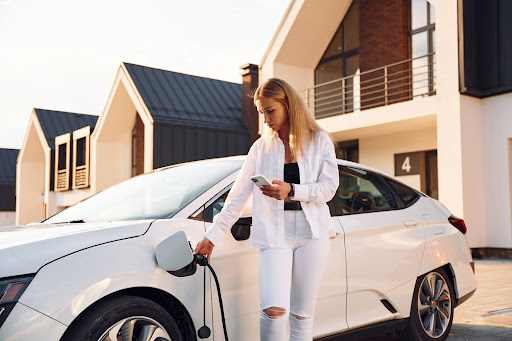
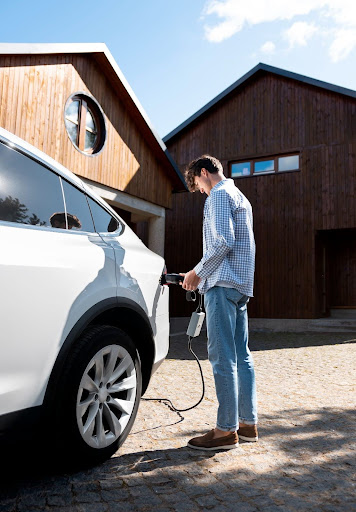
Key Takeaways
- Choose the right EV charger for your car. Slow, fast and rapid chargers differ in charging speeds. Most homes use fast chargers for faster charging.
- Make sure your garage or parking spot is ready. It needs to be near a power source and have enough space for both the car and the charger.
- Check if your home’s electrical system can handle an EV charger. You might need to upgrade it for faster charging options.
- Hire a qualified electrician who knows about EV chargers to install yours safely. They should be registered with the Competent Person Scheme.

The latest chargers installed by our own team of highly skilled electricians
Just so you know, we never subcontract any of our installations to third parties. All our electricians are directly employed by Danlec, providing you with that extra level of quality and service.

Secure 
Smart 
Powerful 
Universal 
Guarantee
Factors to Consider Before Installing an EV Charger
Type of charger (Solw charge, fast charge & rapid charge)
Choosing the right type of charger for your electric vehicle is key. Slow chargers plug into a standard household socket, just like a lamp or toaster. They’re great because you don’t need special equipment or wiring.
But, charging takes longer with these. On the other hand, fast charging chargers make things quicker. They use more power and require some setup in your home’s electrical system.
Rapid chargers offer the fastest way to juice up your car’s battery. These are not usually found in homes because they need very high power levels that most residential places can’t provide.
You’ll see them more at public charging stations where they fill up a car much faster than other chargers.

Garage space and location
Check if you have a private parking spot near your house. This spot is necessary for setting up an EV charging station. Make sure the charging point and your car’s parking space are close to each other.
This setup helps with easy connection and use.
Look at the size of your garage or parking area too. Your electric vehicles need enough room, not just for parking but also for safe charger installation. The location should let you easily plug in and charge without moving things around every time.
Electricity consumption and power availability
After sorting out the garage space, it’s vital to look at how much electricity your home uses and can provide. Electric vehicles (EVs) need a good amount of power to charge quickly.
Some homes might already have enough power for this. But if you want your EV to charge three times faster than with a regular plug, you might need more power. Upgrading to a three-phase supply makes charging quicker but will cost more.
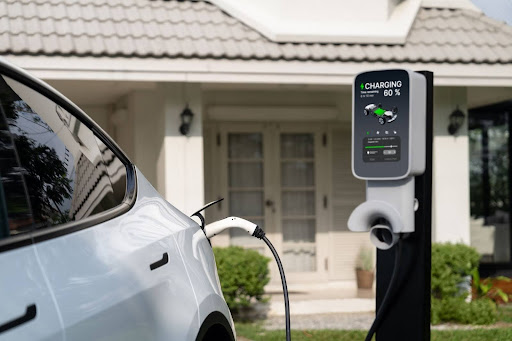
You also have to check if your electric service panel can handle an EV charger. Not every panel is ready for such a big load. You may need an upgrade here too. This means checking how much energy things like heat pumps or air conditioners use in your house and seeing what’s left for charging an EV.
It’s key that there’s enough power not just for the car but so everything else runs smoothly too.
What our customers say
Steps to Prepare for EV Charger Installation
Ready the garage
Clear out space in your garage for the electric vehicle charging station. Make sure there’s enough room around where you plan to install it. Check that you have dedicated off-street parking as this is needed for installing an EV charger.
Your garage should be tidy, with no clutter near the charging area to keep it safe and easily accessible.

Next, ensure a strong internet connection reaches your garage. Most home chargers need a stable Wi-Fi link to function properly. You might need a Wi-Fi extender if your router’s signal doesn’t cover the whole area well.
This step prepares you for a smoother installation process by an electrician.
Locate the power panel and assess the consumption
Before the installation of an EV charger, you need to locate your home’s power panel and evaluate electricity consumption. It may be necessary to upgrade the power supply if a faster charging rate than 7kW is needed.
After your inspection, consider carefully whether upgrading your home’s electricity supply will be necessary before moving forward with installing an EV charger. Professional electricians who are registered under the Competent Person Scheme need to carry out this work.
Hire an electrician
When installing an EV charger, hire a qualified electrician, like Danlec!
Ensure the electrician is competent as only they can install the charger and assess your home’s electrical system accurately.
Purchase and install the charger
Choose a charger compatible with your vehicle and home electrical system. Hire a certified electrician for installation to ensure compliance with safety regulations and eligibility for any available grants or tax credits.
Remember, only authorised professionals should carry out the installation of an EV charger at your home. It is crucial to ensure that the type of charger you select aligns with both your vehicle’s specifications and your home’s electrical setup.
Always consult with a certified electrician before purchasing or installing an EV charger to guarantee optimal safety and functionality.
Apply for necessary permits
To install an EV charger at home, applying for necessary permits is crucial. Check with your local council or authority to obtain the required permits before installation.
After securing the necessary permits, it’s essential to move on and understand safety considerations and costs associated with installing an EV charger. It’s important to ensure that these factors are addressed before proceeding with installation.
Safety precautions
Before installing an EV charger, it’s vital to prioritise safety precautions. Only qualified electricians should handle installation, ensuring that the charger is set up correctly.
Professional installation not only guarantees proper setup but also enhances overall safety at home. Additionally, it’s crucial to have dedicated off-street parking for the installation of the EV charger.
Ensure that only competent professionals are involved in installing the EV charger for optimal safety at home. The use of dedicated off-street parking is a critical safety measure when planning for an EV charger installation.
You Are Now Equipt To Take On An EV Charger!
Imagine the convenience of charging your electric vehicle from the comfort of your home or office. No more trips to the gas station, no more waiting in line—just effortless charging whenever you need it.
Embracing these strategies not only benefits your convenience but also positively impacts energy efficiency and air quality.
Get ready to hit the road with confidence—contact Danlec today and power up your driving experience!
